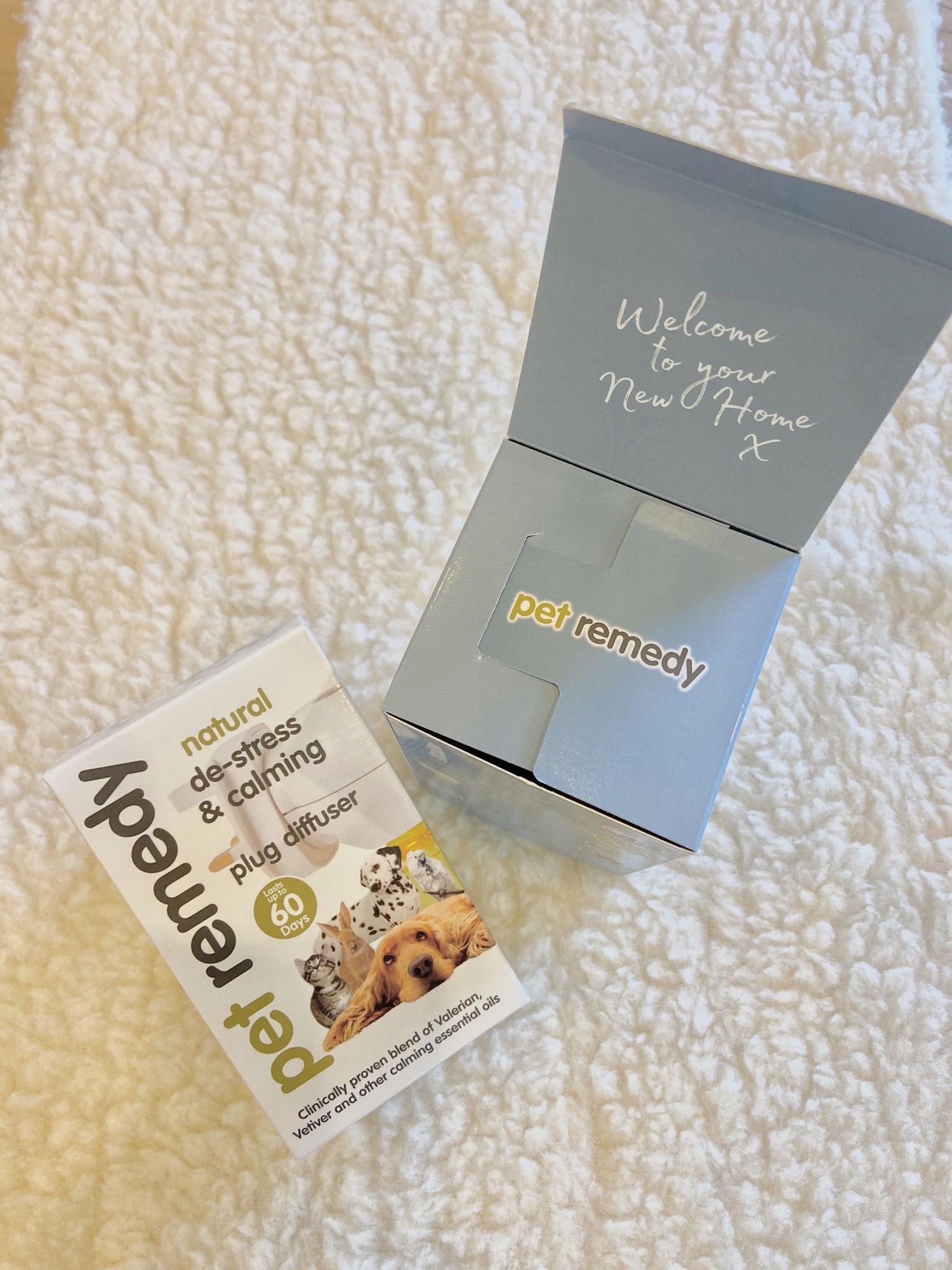Massaging your dog is more than just a pampering session; it's a way to strengthen the bond between you and your furry friend while promoting their overall well-being. Just like humans, dogs can experience stress, muscle tension, and anxiety.
Learning how to massage a dog can help alleviate these issues, leading to a happier and healthier pet. In this guide, we'll delve into the art of massage for dogs, providing you with expert tips on how to give your dog a relaxing massage that targets key areas like the back and head.
Why Should You Massage Your Dog?
Before diving into the techniques of massaging dogs, it's essential to understand the benefits:
- Reduces Stress and Anxiety: Regular massages can lower cortisol levels, helping your dog feel more relaxed.
- Improves Circulation: Massage stimulates blood flow, which can aid in healing and overall health.
- Enhances Flexibility: Keeping muscles supple can improve your dog's mobility, especially in older dogs.
- Strengthens Bond: Physical touch reinforces the connection between you and your pet.
Preparing for the Massage

1. Create a Calm Environment
Set the stage for relaxation by choosing a quiet, comfortable space free from distractions. Soft lighting and calming music can enhance the ambiance.
2. Gather Your Supplies
While you don't need much to give your dog a massage, having a few items on hand can make the experience better:
- Soft Blanket or Mat: Provides comfort and support. Explore our range of cosy blankets here.
- Dog-Friendly Massage Oil: Optional, but can help with hand movement (ensure it's safe for pets). The WAGS Nose & Paw Balm contains Aloe Vera, Eucalyptus and Lavender oil, and is perfect for massaging their nose and paws.
- Treats: Useful for positive reinforcement. Top up your stash of tasty treats here.
Step-by-Step Guide on How to Give a Dog a Massage

- Start with Gentle Petting - Begin by softly stroking your dog's fur to help them relax. This initial contact prepares them for the massage and lets them know it's a time for calmness.
- Observe Your Dog's Reactions - Pay attention to your dog's body language. If they seem uncomfortable or anxious, pause and try again later. The goal is to ensure they're receptive to the massage.
- Massage the Neck and Shoulders - Using gentle, circular motions, start at the base of the neck and work your way to the shoulders. This area often holds tension, and massaging here can be incredibly soothing.
- Focus on the Back - Wondering how to give a dog a back massage? Place your hands on either side of the spine (avoiding direct pressure on the spine itself) and use long, sweeping strokes from the neck down to the tail. This promotes relaxation and improves circulation.
- Don't Forget the Head - How to give your dog a head massage: Using your fingertips, gently rub in circular motions around the head, being cautious around the eyes and ears. This can help relieve tension and is often enjoyable for the dog.
- Massage the Legs and Paws - Gently knead the muscles in the legs, moving from the top down to the paws. Many dogs are sensitive about their feet, so proceed slowly and watch for any signs of discomfort.
- Finish with Light Strokes - Conclude the session with light, calming strokes along the body to signal that the massage is ending.
Tips and Precautions
- Consistency is Key: Regular massages can maximise benefits. Aim for short sessions multiple times a week.
- Avoid Sensitive Areas: Stay clear of any areas where your dog has injuries or soreness unless advised by a vet.
- Use Appropriate Pressure: Dogs have different sensitivity levels. Start with light pressure and adjust based on your dog's reactions.
Can You Massage a Dog with Health Issues?
Always consult your veterinarian before massaging a dog with medical conditions to ensure it's safe.
The Benefits of Massaging Different Dog Breeds
While all dogs can benefit from massages, certain breeds with high energy levels or predispositions to joint issues may find them particularly helpful. Breeds like Labrador Retrievers, German Shepherds, and Bulldogs often appreciate the added muscle relaxation.
Can you give your dog a massage if they're anxious?

Absolutely. Massaging can help reduce anxiety by lowering stress hormones. Just make sure to create a calm environment and proceed gently.
How to give my dog a massage if they're not used to it?
Start slowly with brief sessions. Use positive reinforcement like treats and praise to associate massage time with positive experiences.
Is it okay to use oils when massaging dogs?
If you choose to use oils, ensure they are safe for canine use. Some essential oils can be toxic to dogs, so it's best to use products specifically designed for pets. Shop our grooming and healthcare range here.
Conclusion
Learning how to give a massage to your dog is a rewarding skill that benefits both you and your pet. Not only does it promote relaxation and health for your dog, but it also enhances the bond you share. So, the next time you notice your furry friend seems a bit tense, you'll know exactly how to give your dog a massage that will leave them feeling rejuvenated.
Remember, the key to successful massage for dogs is patience, attentiveness, and love. So go ahead and schedule that relaxation session—your dog will thank you!




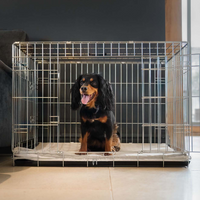




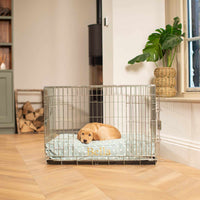
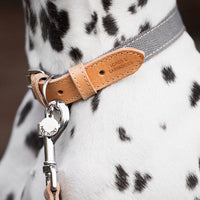



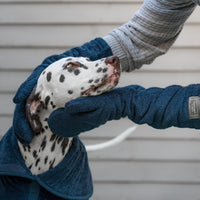

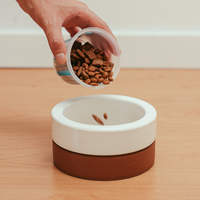
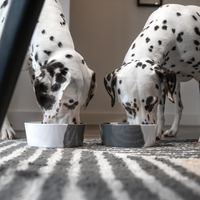



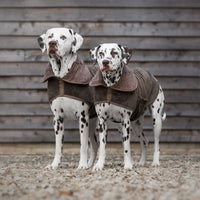
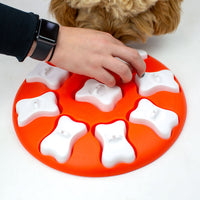

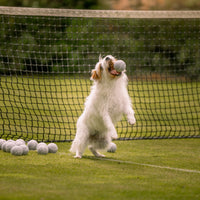
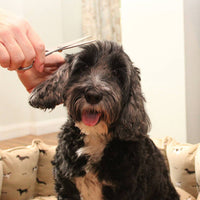
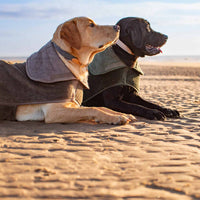



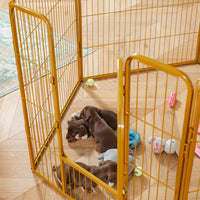













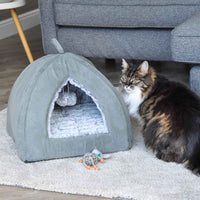



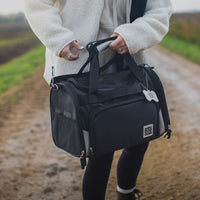





.jpg?v=1727958217793&options=)






